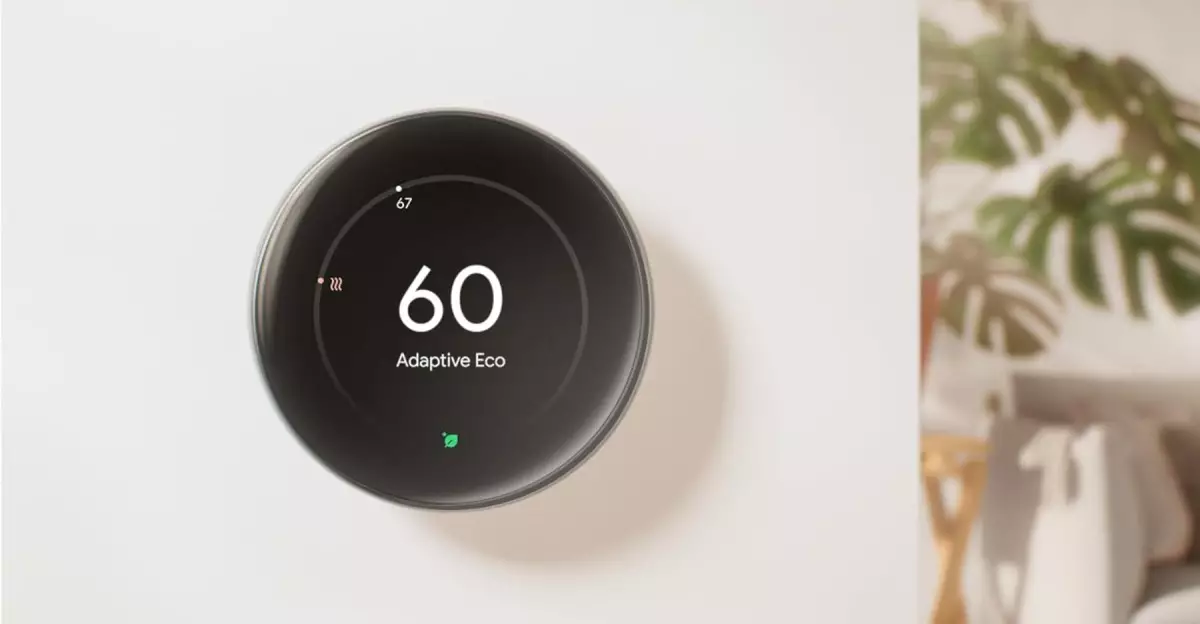In today’s rapidly evolving smart home landscape, staying ahead requires more than just innovative gadgets; it demands devices that seamlessly blend form, function, and intelligence. Google’s latest Nest Learning Thermostat exemplifies this evolution, offering a compelling upgrade over its predecessors that sets a new standard for home climate control. This device does more than regulate temperature; it redefines convenience and efficiency, making it an indispensable part of modern living.
What stands out immediately is the thermostat’s transformative design. The new model boasts a significantly larger display—60% bigger than previous versions—making information more accessible and easily readable from a distance. Beyond its aesthetic upgrade, the interface allows users to customize what data appears on the screen, from outdoor weather to humidity levels, giving homeowners a comprehensive snapshot of their environment at a glance. This emphasis on clarity and personalization highlights Google’s understanding of user needs, emphasizing function without sacrificing style.
The upgrade isn’t superficial; it brings real, tangible improvements to compatibility and performance. Unlike older models that mandated a C-wire for power, Google’s new Nest version works without it—a crucial feature for homeowners with retrofitted systems. The device’s support for Matter, the emerging smart home standard, signifies a strategic move towards greater interoperability, allowing seamless integration across platforms like Google Home, Apple HomeKit, Amazon Alexa, or Samsung SmartThings. This cross-platform flexibility ensures users are not locked into a single ecosystem, empowering them with choices and convenience.
Advanced Sensors and Automation: Elevating Intuitive Climate Control
The hardware refinements extend beyond design. Integrated with a second-generation remote temperature sensor, the thermostat can monitor specific areas of the home, a vital feature for homes with rooms that fluctuate unpredictably in temperature. Paired with the Soli radar sensor, the device can detect approaching individuals, enabling it to activate or adjust settings proactively. Such features augment the user experience, making climate control truly intuitive and responsive.
Moreover, Smart Scheduling, one of the thermostat’s most valuable features, leverages learning algorithms to automate temperature adjustments based on user habits. This not only conserves energy—reducing utility bills—but also ensures optimal comfort without manual intervention. The device learns from patterns, recognizing when you wake, sleep, or leave the house, and adapts accordingly. Such automation transforms a simple device into a proactive assistant that enhances daily routines.
However, it’s critical to approach this upgrade with a healthy dose of skepticism. While the device’s technological advancements are impressive, they aren’t without pitfalls. Compatibility, for instance, remains a significant consideration; despite the user-friendly upgrade, homeowners must verify their specific HVAC systems are supported. Moreover, the reliance on sensors and automation raises privacy concerns that savvy consumers should not dismiss—constant data collection demands transparent handling and robust security measures.
The Future of Smart Climate Management: A Critical Perspective
While the new Nest Learning Thermostat paints an inspiring picture of the future, feeling of superficiality persists amidst its glossy redesign and smart features. It’s a device that promises to make home management effortless, but beneath the surface lies an essential question: does increased automation truly serve our comfort, or does it risk creating dependency on technology that may malfunction?
Furthermore, the device’s integration with multiple platforms showcases the zeitgeist of an increasingly fragmented smart home market. While broad compatibility is enticing, it also indicates a potential for overcomplexity, where managing multiple apps and ecosystems could overwhelm users. For people who value simplicity, the lure of advanced features might come at the expense of ease of use, especially if glitches or connectivity issues arise.
From a consumer standpoint, the affordability aspect cannot be ignored. Although deals like Prime Day make this model more accessible, the true value of such a device lies in its long-term efficiency and reliability. Does investing in such a sophisticated thermostat justify its cost? For those prioritizing comfort and energy savings, the answer leans toward yes. Still, for budget-conscious users or those wary of reliance on connected devices, skepticism remains warranted.
In essence, Google’s latest Nest Thermostat embodies the ideal of modern innovation—smart, customizable, and forward-looking. Yet, it also prompts us to question whether the pursuit of increased automation and compatibility might overshadow the fundamental need for simplicity, privacy, and robust support. As smart home technology continues its relentless march forward, discerning consumers must navigate these devices with both enthusiasm and caution, ensuring that convenience doesn’t come at an unintended cost.

